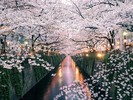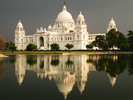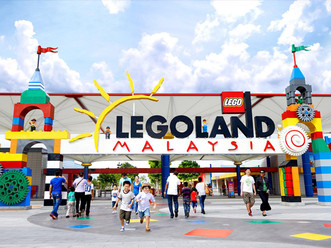Kolkata, once the capital of India, is today one of the metropolitan cities of India as well as the capital of West Bengal. Bishnupur is a famous city in the Indian state of West Bengal, located five hours away from Kolkata. It was also called Mallabhum after the Malla kings. Back in 7th century, one Rajput king was travelling through the forest of Bengal where he left his pregnant wife. The mother gave birth to a child in nearby village named Bagdiand later, the child became a king (Bagdi Raja or Adi Malla) and founded the Malla Dynasty. Here these kings ruled for about a thousand years. The followers of Vaishnavism, these Malla kings built the famous terracotta temples in the 17th and 18th centuries. The temples here are a living example of Bengals architecture.
Situated some two hundred km from Kolkata, Bishnupur founded in the 8th century is one of the major tourist destinations in the state of West Bengal. Malla Raja Veer Hambir and his successors- Raja Raghunath Singha and Veer Singha played an important role in making Bishnupur a major cultural centre of the then Bengal. The town is surrounded by old fortifications and has more than a dozen temples. Since the Malla kings were true believers of the Vaishnavism, somewhere between the late 17th to the early 18th century, Mallabhum came to be known as Bishnupur which means, "the land of Vishnu". Since then the traces of the Malla Dynasty can be counted back to about a thousand years, after which the grandeur of the Malla kings reduced during the Mughal period.
The city of Bishnupur is famous for the temples of terracotta, Baluchari sarees and brass decorative items, Bishnupur gharana of music, besides the fair held in the last week of December every year. This fair is a unique confluence of art and culture. Here artists come from far and wide to show their skills and tourists who are a connoisseur of their art also come. During the last week of the year, the entire city is coloured in festive colours.
The terracotta temples of red colour among the green grasses were built in the 17th and 18th centuries. These temples are not only a beautiful heritage, but their history is also very sacred. This temple of Bishnupur is dedicated to Lord Krishna and Radha. These temples are built from the alluvial soil of the Ganges River Delta. Their structures have been painted with the finest dancers and pictures related to nature. The Jor-Bangla temple was built by Raghunath Singha II in 1655 AD. The roof of the temple is typical of the "Chala" style. A small tower adds strength and stability to the twin sloped roofs. Some of the finest works of terracotta are found on the walls of this temple.Madanmohan Temple is the most famous temple in the region and was built in the 16th century by King Durjan Singh Dev in honour of his family worshipers Lord Krishna and Radha. The chariot style architecture of the temple and the blending of stories from Hindu religious books like Ramayana and Mahabharata inscribed on its wall are really appreciable. Rasamancha is the oldest brick temple in Bishnupur and contains the idols and texts of Lord Krishna. The Rush Festival is celebrated with great pomp here and there is a good chance to buy goods and horses made of hard clay. The Shyam Rai Temple which was built in the 17th century stands out to be one of the most prioritized monuments of the Archaeological Survey of India.
The Lal Bandh (Red Dam) lake is known ashuntedlake, this artificial lake was built by the great Malla King Raghunath Singh as a gift to his Persian lover Lalabai, a famous classical dancer. But Lal Bai was killed by the kings Hindu wife, after which she jumped into the well with her son. People around believe that even today the sound of Lal Bais sobbing in this lake can be heard.










